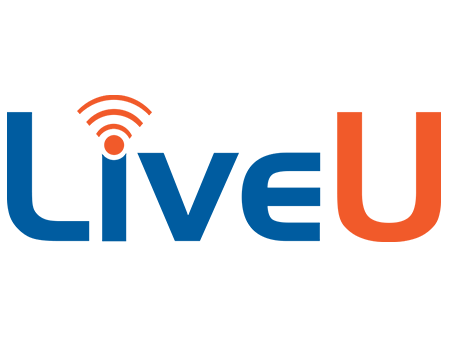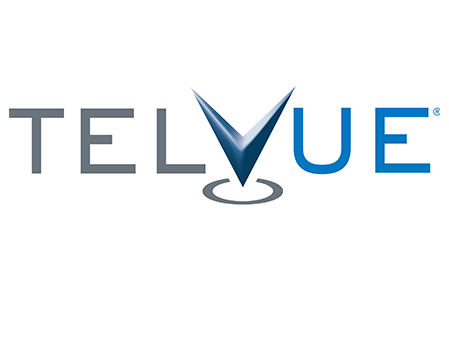The great importance community television plays in our democratic society is very clear to me, and I hope that it will continue to be championed in the difficult years ahead.
While Wisconsin Community Media members use a wide variety of platforms to distribute locally-produced programming, what undergirds all of it is the mission of cable television’s public, education, and government (PEG) access channels. The 1970’s Federal Communications Commission saw an opportunity with cable television to expand the voices that could be heard beyond the big three broadcast networks, and it pursued policies to make sure electronic media was open to local communities.
The media landscape today is far different. Anyone can speak through social media, a website, or a podcast. We can pick and choose who we listen to and who we believe. With no direct experience to evaluate claims, it often comes down to who we trust. And that trust is often given to nationally-known figures we have never met, never interacted with, never walked the same streets with. That is not true with local community television and it’s why local media is more important today than ever.
I hope that despite the headwinds community television faces that it thrives. Carving out a non-commercial space for the public in a for-profit media environment and then defending that perimeter against continual assaults has been the task of PEG advocates for the last 50 years.
It will continue.
Over the years, we have given ground on cable franchise fees, dedicated PEG fees, channel location, signal quality, reliability, and even the ability of these channels to be created in the first place.
But we are still here.
Now that the cable TV industry is offering live streaming options on broadband, PEG advocates are acting to ensure there is non-commercial space for community channels there, too. We are also looking at how non-commercial community channels can be better funded through fees, so that professionals can manage, facilitate, and program community channels in the public interest.
We need the “community” mission of PEG media – however it is distributed. This mission is dedicated to building and maintaining communities by giving people the opportunity to understand the issues facing all kinds of people with all kinds of needs and interests in their community, their region, and their state.
The mission is served when people are given the opportunity to watch municipal and school board meetings, and when community members can stand up in front of a camera and say what they think and know their neighbors and friends and colleagues can see them and talk to them about it later. There is accountability in local media that has become lost in the national media landscape and that is becoming even more difficult to assess with the proliferation of AI images and text. And for that reason, what Wisconsin Community Media does, what our member media centers do, and what our community producers do, are all vitally important and why I think the mission of PEG is more important than ever and why PEG community media is here to stay.
As I leave my role as executive director of Wisconsin Community Media, I want to say it has been a privilege to have worked with so many people dedicated to this cause serving on boards, staffing media centers, and contributing as volunteer production assistants and community producers. I’ve met legislators; municipal, state, and national officials; viewers; non-profit managers; local business owners; media production equipment vendors; journalists; attorneys; and media advocates from around the country who all instinctively “get” how important our mission is, and it has always been a joy to connect with them.
Thank you all!










